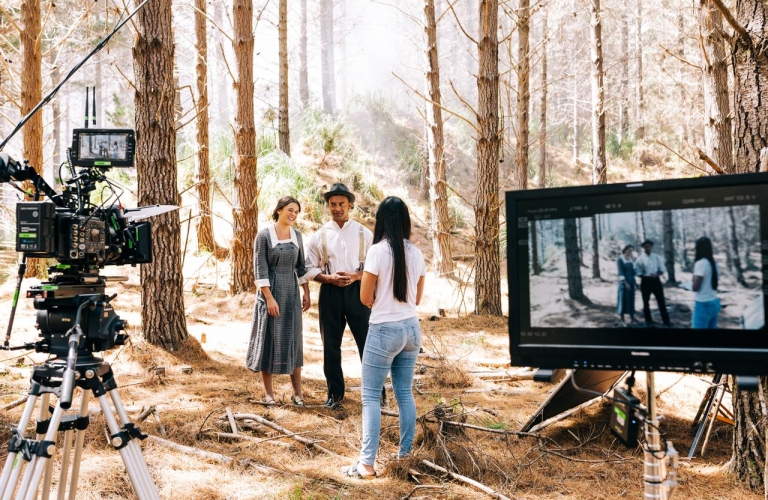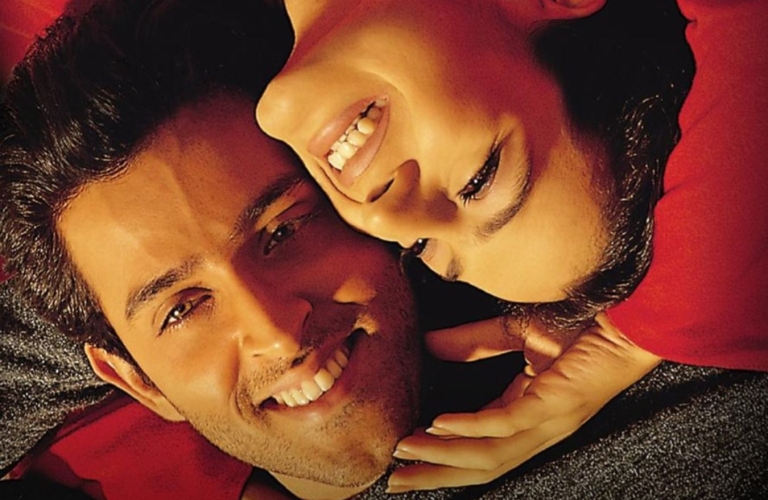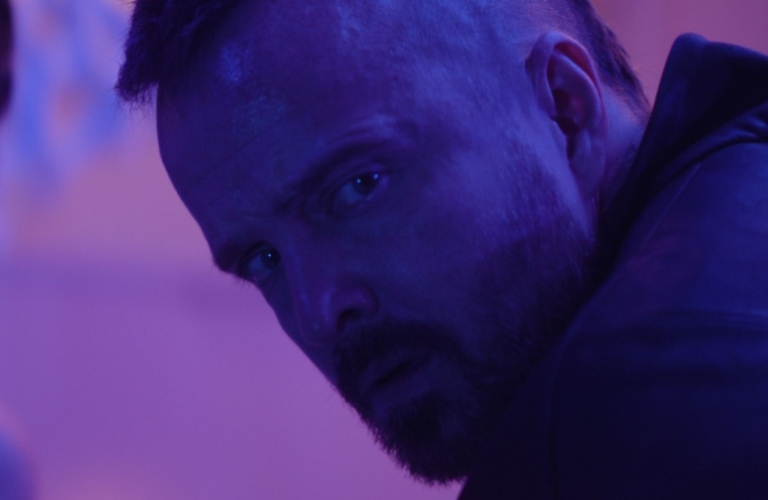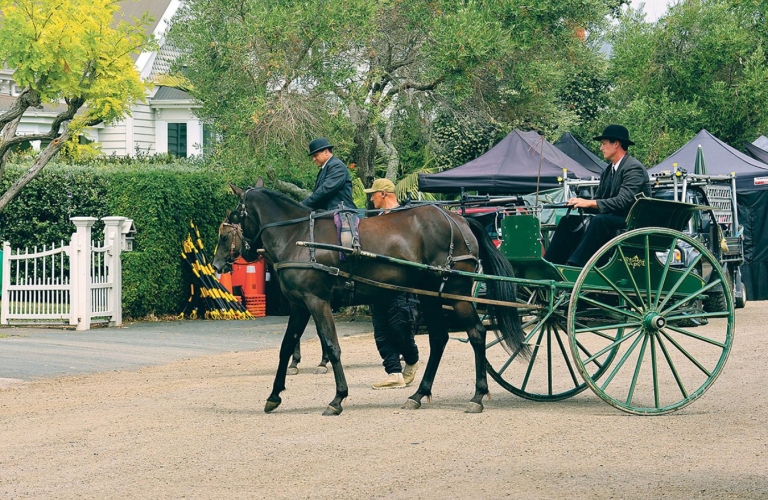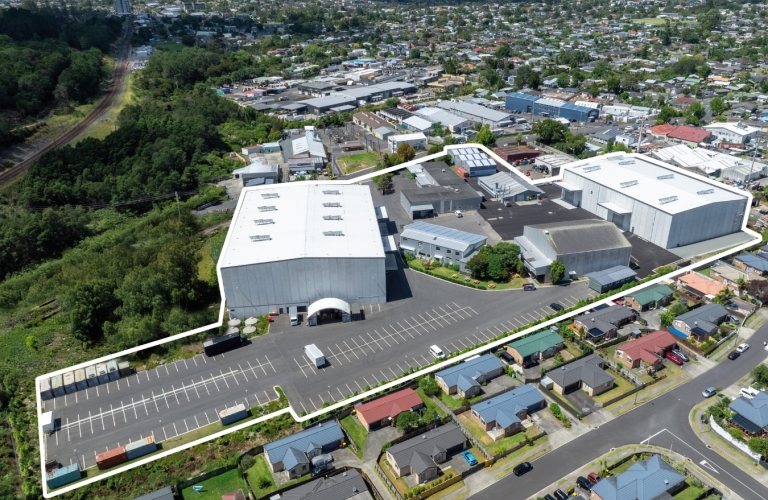Screen Auckland has partnered with Te Kawerau ā Maki, the mana whenua authority for Te Kōpua Henderson in west Auckland, along with Te Puna Creative Innovation Quarter and Climate Connect Aotearoa, to develop Ki te Hoe: Cultural Competency and Tikanga-based Engagement in the Screen Industry.
The initiative responds to the growing demand for screen productions to work on locations that hold deep ancestral and cultural significance. For Te Kawerau ā Maki, these sites are not just filming backdrops but taonga (treasures) that carry history, whakapapa (genealogy) and spiritual connection.
The first of four courses was held in May 2025 at Arataki Visitor centre in the Waitākere Ranges – a location chosen for its cultural significance to Te Kawerau ā Maki – and saw 25 screen professionals come together with course facilitators.
Robin Taua-Gordon, Pou Tangata – Social Outcomes Manager, Te Kawerau ā Maki, says Ki te Hoe is grounded in collaboration between course participants, facilitators and iwi.
Ki te Hoe translates as ‘to the paddle’ and sees course facilitators and participants ‘paddling’ together towards collective cultural understanding. It empowers participants by equipping them with the skills to be culturally confident in their mahi and allows Te Kawerau ā Maki to feel confident as an iwi that tikanga and practices will be followed when productions film on our whenua.
The practical course explores how filmmakers can balance creative vision with cultural responsibility, navigate engagement processes with mana whenua, and understand the role of rāhui (temporary restrictions that allow land and resources to regenerate). Participants also gain insight into the history and ongoing presence of Te Kawerau ā Maki in west Auckland, grounding their learning in place and context.
Location manager Clayton Tikao says Ki te Hoe is about screen sector professionals having the knowledge and tools to be solutions-focused when engaging with mana whenua.
The course supports filmmakers in developing an understanding of what’s culturally important when filming on culturally significant sites, so that when they go to mana whenua and tangata whenua with their filming intentions, they’re already proposing solutions to potential problems. It’s about putting a lot more thought into what would be of concern to Māori at a given location.
The partnership between Screen Auckland and Te Kawerau ā Maki reflects a broader movement within the industry: embedding cultural competency as a cornerstone of sustainable screen practice. By sharing knowledge and building relationships, the course aims to create more respectful and enduring ways of working together.
Matthew Horrocks, Screen Auckland Manager, says the course is timely given Auckland Council has approved a change to the Auckland Unitary Plan (Plan Change 106), making it simpler to film on publicly managed sites of significance to mana whenua.
Iwi and hapū, Screen Auckland and the screen industry has worked together to support this plan change, which means that instead of applying for resource consent, most short-term filming on historical and culturally significant sites can now be managed through the film permit process. This creates a faster, more agile pathway for production, while still ensuring robust cultural oversight.
As the screen sector in Tāmaki Makaurau Auckland continues to flourish, initiatives such as Ki te Hoe are positioning cultural understanding not as an optional extra, but as an essential skill. For filmmakers, it offers a chance to deepen both professional capability and personal connection; for mana whenua, it is a way to ensure their heritage sites are approached with care, integrity, and respect.
Interested in attending Ki te Hoe: Cultural Competency and Tikanga-based Engagement in the Screen Industry? Contact stacey.ngawhika@aucklandnz.com.
